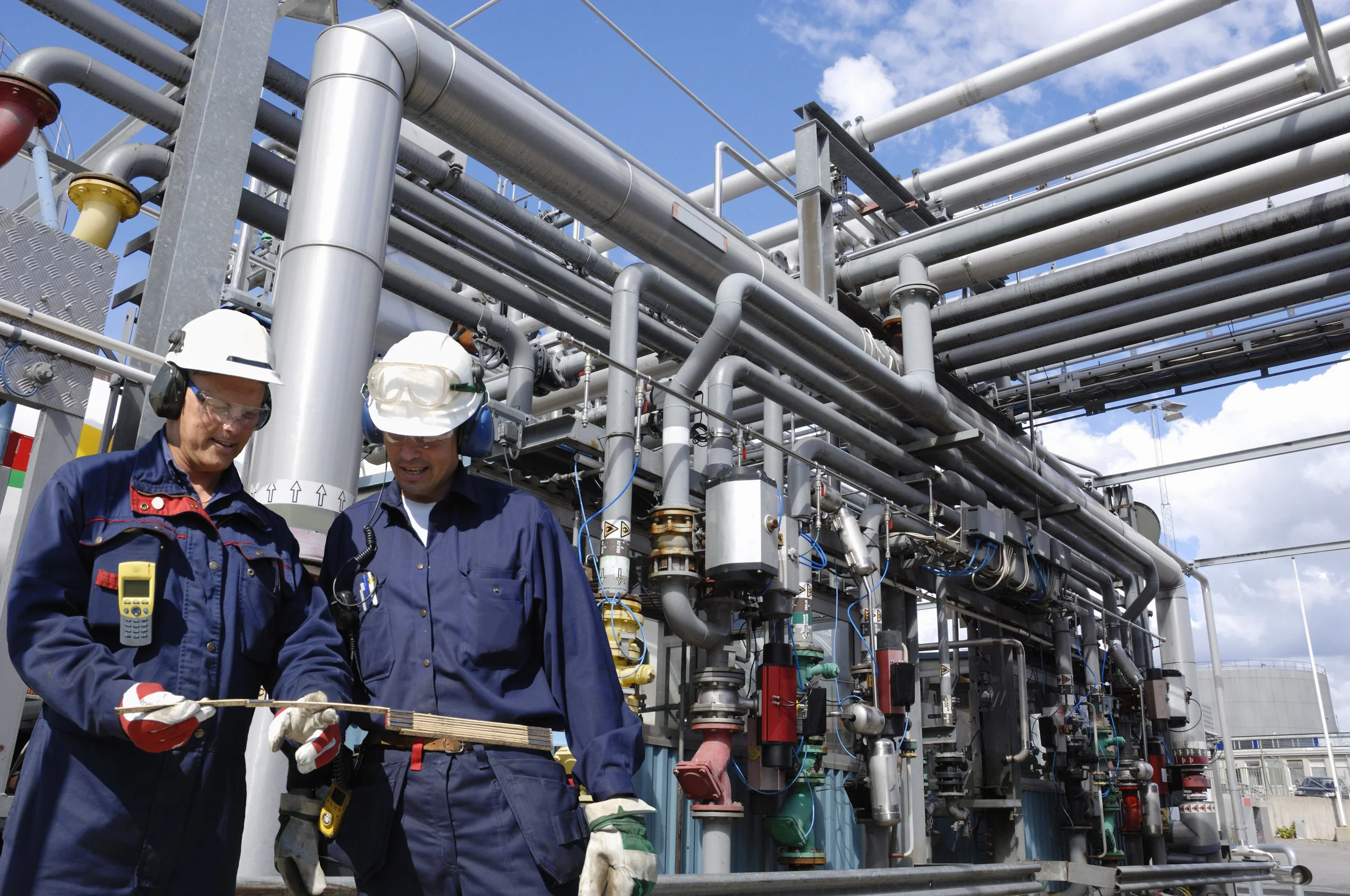How to Design Electrical Systems Within Hazardous Locations and Save Money Doing It
/Designing electrical systems in hazardous locations, such as wastewater treatment facilities, aircraft hangars, fuel dispensing areas, and bulk storage areas, require careful attention to ensure the safety of personnel and equipment against fire and explosion. Within hazardous locations, a high concentration of flammable gases, vapors, liquids, and dust typically exist. An improperly designed electrical system can become the ignition source for this flammable atmosphere.
Expensive and Unreliable Approach
The National Electrical Code requires protection for electrical equipment within a hazardous location. Explosion-proof, dust ignition-proof, dust-tight electrical enclosures, or purged and pressured systems are an acceptable means to comply with the code requirement. However, a Master Electrician will know that designs that consider specialized equipment can cost 4 times more to purchase and 3 times more to install. Similarly, the use of a purged and pressurized system to maintain a nonflammable atmosphere is expensive to operate and vulnerable since a system failure can result in a dangerous electrical condition.
Proper Equipment Location
To maximize safety, wherever possible, all equipment should be placed outside of a known hazardous area. By simply relocating any major electrical equipment by just a short distance will increase personnel safety and permit a Master Electricians to build quicker and less expensive construction by avoiding the use of specialized equipment. A proper analysis and assessment by a Professional Engineer can help identify the limits of hazardous locations and determine the proper area classifications that allow non-specialized electrical equipment to be used.
Intrinsically Safe Systems
By designing electrical control systems, using low energy principles, avoids the risk of creating an ignition source. By significantly reducing the voltage and current levels in electrical control circuits, the magnitude of an electrical spark becomes insignificant. Designs, using intrinsically safe systems, also allow a Master Electrician to avoid using specialized electrical equipment. At very low operating voltages, the electrical system losses become greater so a careful design by a Professional Engineer is required to ensure proper electrical control functionality.
Alarmed Ventilation Systems in Hazardous Areas
Using an alarming ventilation system within a hazardous area, the electrical facilities can qualify for a lower hazard classification rating. By providing a properly-designed ventilation system with adequate outside air exchanges, the concentration of the flammable atmosphere is reduced, minimizing the risk of fire and explosion. The adequate supply of clean outside air and the proper exhaust of flammable gases and vapors will permit a Master Electrician to use less expensive electrical equipment. Furthermore, the addition of a combustible gas detection system with alarms can shut down the building’s electrical supply in the event of a known emergency.
Electrical systems within hazardous locations are not hazardous when properly designed by a Professional Engineer and properly built by a Master Electrician. And you can save time and money in both construction costs and operating costs. If you want to learn how to save time and money in the construction costs and operating costs of a hazardous facility, feel free to call us at (240) 582-3900 or email us at info@helioselectric.net.
To learn about our other unique solutions that can enhance your electrical facilities, click here.



